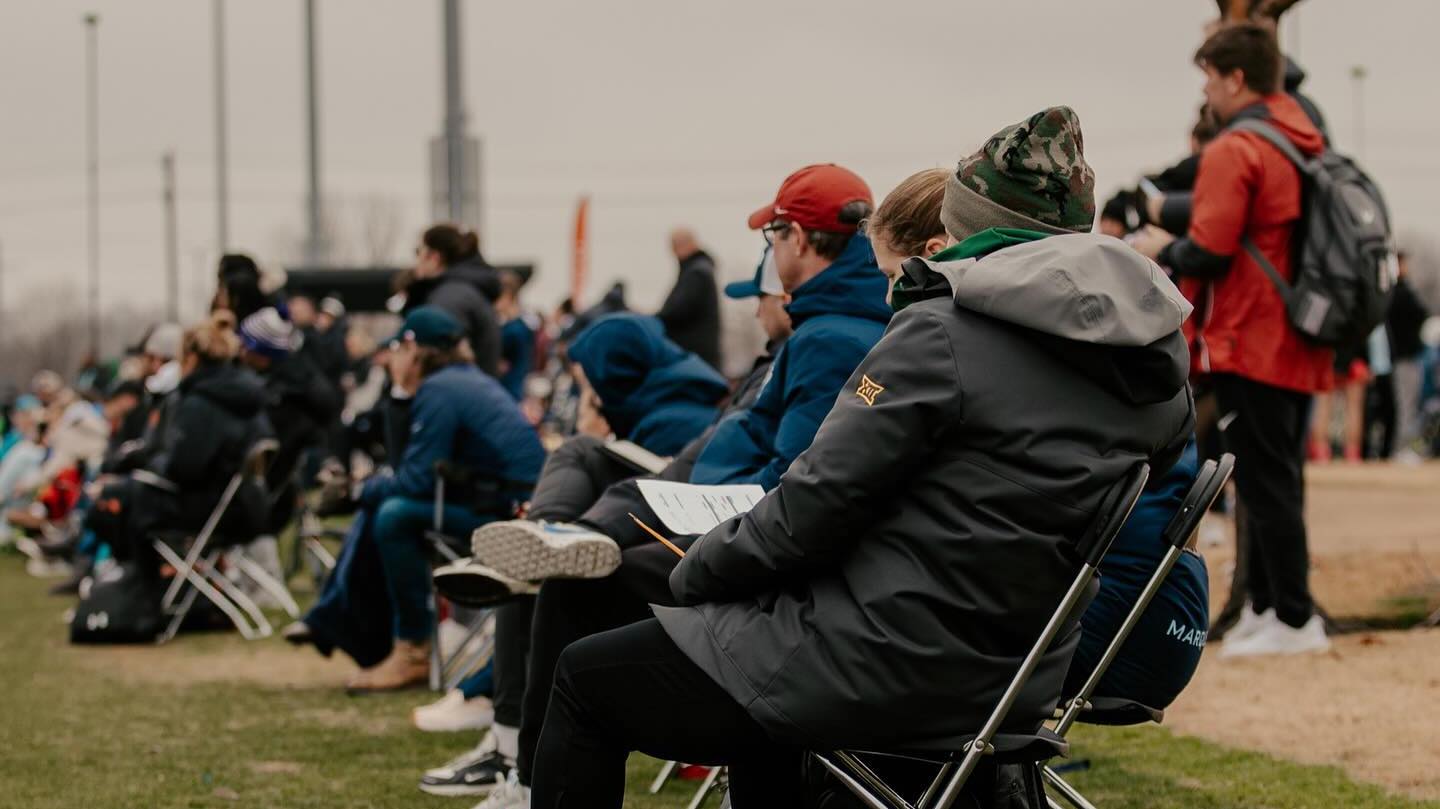The House v. NCAA lawsuit and settlement is taking another turn that is poised to change college athletics forever.
On April 7, the Judge presiding over the settlement, Judge Claudia Wilken, heard arguments from both sides, then gave both sides until April 15 to submit briefs to her to ‘fix’ some parts of the overall settlement she felt were ‘issues’.
Her two main issues of the current settlement is the implementation of the roster limits (which she mentioned the possibility of ‘grandfathering in’ players who were already ‘cut’ and/or players who entered the transfer portal last fall). According to her, this would limit the number of current athletes being affected by the roster limits. Her second main concern was finding a way to assure future players NOT lose their rights because of the settlement.
Then, on April 15 in a major surprise, while briefs with some adjustments were submitted by attorneys from both sides, there was no movement or consideration of changing anything regarding roster limits, which all but assures the roster cap of 28 will be part of the settlement and mandatory for all schools who will be “opting in” to the revenue sharing model that is part of the overall settlement.
Judge Wilken now has the choice of either approving the settlement as is, scheduling another hearing to review the adjustments that were submitted to her before approving the overall settlement, or basically starting the entire process from the beginning again. Everyone that is involved in this settlement overwhelmingly expects Judge Wilken to give final approval to the settlement any day now, and that approval will include roster limits of 28 for Women’s Soccer.
HOW WILL THE SETTLEMENT APPROVAL AND ROSTER LIMITS AFFECT COLLEGE COACH SCOUTING AND FUTURE RECRUITING CLASSES?
This was a HUGE topic with the many college coaches I spoke to while at the GA Spring Showcase earlier this month, and as the weekend went on, a lot of opinions and plans on how these coaches will need to change the way they recruit, became quite clear.
1) The first concern that basically every coach shared immediately was the possibility of players that they needed to ‘cut’ or convince to enter the portal last fall, might be allowed to rejoin the program. As one coach put it, “How on Earth can we ‘put the genie back in the bottle’ without it affecting our team atmosphere and chemistry?” Even after reaching out to many coaches to update them on the settlement, that will NOT include ‘grandfathering’ in those players, they all are still very concerned about that possibility, and will be concerned until Judge Wilken makes the settlement official. However, it looks very likely that they avoided such a scenario, and ‘grandfathering in’ players will not be included.
2) The other huge topic all coaches shared was how the roster limits will change the way they will need to recruit, starting immediately. In short, while in past years when they had an unlimited number of roster spots, they could commit 10-12 players each year, and as long as they ‘hit’ on 5 or 6 of those 10-12 commits, that class would be considered mostly a success. However, now it has suddenly changed to a situation where they will have fewer commits each year because of the limited roster spots, and they feel they will need to ‘hit’ on virtually all of the 5-6 commits each year, or it could immediately impact the program’s success and their job security.
3) How are they going to attempt to accomplish this? According to them, in a few specific ways:
- First, they plan to reduce the number of recruits they start with on their recruiting board. Where most NCAA D1 programs typically started with between 70-80 players on their watch lists in past recruiting classes, they plan to lean more on people they trust from past player recommendations, and reduce their overall recruiting boards to closer to 25-30 on average. Obviously this is just a general average, and many schools might have different totals on their starting recruiting boards.
- Second, the reason for the reduced number of players on their starting recruiting board, is simply because they will be spending an enormous amount of time ONLY scouting players on their board. The days of D1 college coaches walking around a showcase ‘magically finding’ recruits is over. For them to be confident that they will ‘hit’ on all 5-6 commits each year, they feel they need to evaluate a smaller amount of potential players on a more constant basis, as well as evaluate them off the field through many different avenues. (social media, grades, discipline and organization on their communications to coaches, etc.)
- So in the end, college coaches will NOT be spending LESS time scouting/evaluating, they think they will probably be spending MORE time, just with a smaller number of potential recruits.
In conclusion, Judge Wilken has the sole ability to completely re-shape college athletics, but in terms of NCAA women’s soccer, most of the best D1 college coaches have been planning for any possible scenario for some time now. Overall, they’re extremely disappointed in the most likely final result in the NCAA settlement, which is a significant reduction in the total number of D1 roster spots.
Many of the NCAA D1 coaches told me, “It’s not fair and a total upcoming nightmare for so many soccer recruits, but it’s our reality and we can’t change it, so we just need to adjust and try to stay ahead of everything.”








